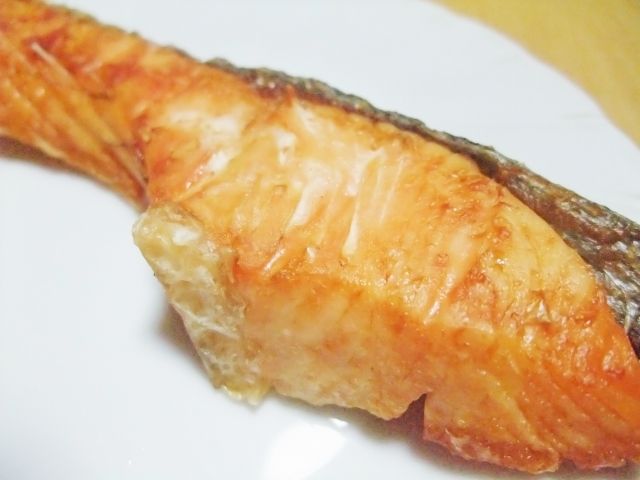Many beginner guitar players have a hard time playing barre chords on the guitar.
It is said that there are some geniuses in this world who can master something in an instant, but most people master it after repeated practice.
Here, we will introduce some tricks (?) for those who have difficulty playing barre chords such as F and B♭.

If you can’t play F, why not reduce the string tension?
Marie Antoinette is said to have said, “If you don’t have bread, why don’t you just eat cake?”
On the other hand, it is also said that the statement itself may be a fabrication.
No one may ever know if she really said it.
Barre chords such as F and B♭ are difficult to play, so it is undeniable that they are one of the hurdles for beginners.
In the end, the shortcut is to master it through repeated practice, but lowering the tension on the strings can also make it easier to hold down.
There are two ways to physically lower string tension.
・Replace with softer strings
All strings tuned down a semitone
This is a tuning that is a semitone lower than the normal tuning.
Since the string tension is lowered, it will be easier to play notes such as F and B♭.
You also get the benefit of easier bending and vibrato.
5th string ⇒ A♭
4th string⇒D♭
3rd string⇒G♭
2nd string ⇒ B♭
1st string ⇒ E♭
I think it would be easy to tune it using a chromatic tuner.
Another option is to tune it in normal tuning and then lower it by a semitone.
This tuning, where all strings are tuned down a semitone, is the tuning adopted by the following guitarists and bands.
・KISS
・Edward Van Halen
*Songs sung by Dave Lee Roth
・Stevie Ray Vaughan
・Guns And Roses
Tuning all strings down a semitone may also have the advantage of making it easier to sing.
I have also had the experience of tuning all strings a semitone down to complete a live schedule when I had a sore throat.
Change to softer strings
Most acoustic guitar strings are light gauge, starting at .012 inches.
Light Gauge
5th string: .042
4th string: .032
3rd string: .024
2nd string: .016
1st string: .011
In other words, using softer strings makes it easier to play F and B♭.
This is also a practical solution for people with low grip strength.
Extra Light Gauge
5th string: .039
4th string: .030
3rd string: .023
2nd string: .014
1st string: .010
Custom Light Gauge
5th string: .042
4th string: .032
3rd string: .022
2nd string: .015
1st string: .011
These two types seem to be relatively easy to obtain.
By the way, there are also types of strings called medium gauge and heavy gauge.
Medium Gauge
5th string: .045
4th string: .035
3rd string: .026
2nd string: .017
1st string: .013
Heavy Gauge
5th string: .049
4th string: .039
3rd string: .027
2nd string: .018
1st string: .014
For medium and heavy gauges, it is essential to adjust the guitar body.
When not playing, the strings should be loosened slightly.
The reason for this is that if you keep it tensioned, the neck will definitely warp.
To be honest, I don’t really recommend it for beginners.
I have only used the medium gauge once, but gave up after that one time.
I have never seen anyone using heavy gauge.
Isn’t it some kind of urban legend? That’s what I think.
Summary
So far, I have introduced a trick for those who have difficulty playing barre chords such as F and B♭: tuning all strings down a semitone and using softer strings.
Custom light gauges and extra light gauges should be commonly sold at musical instrument stores.
If your fingers hurt, or if you just can’t hold down F, you may want to consider using softer strings.
Thank you for reading to the end.
All the music scores on this site were created by myself using Muse Score.
Unauthorized reproduction of sheet music and articles is prohibited.
Image source: photo AC
https://www.photo-ac.com/
To listen to the song, click “Cat Guitar Channel”.
Performance information is Cat Guitar Channel Performance Information Please check.


